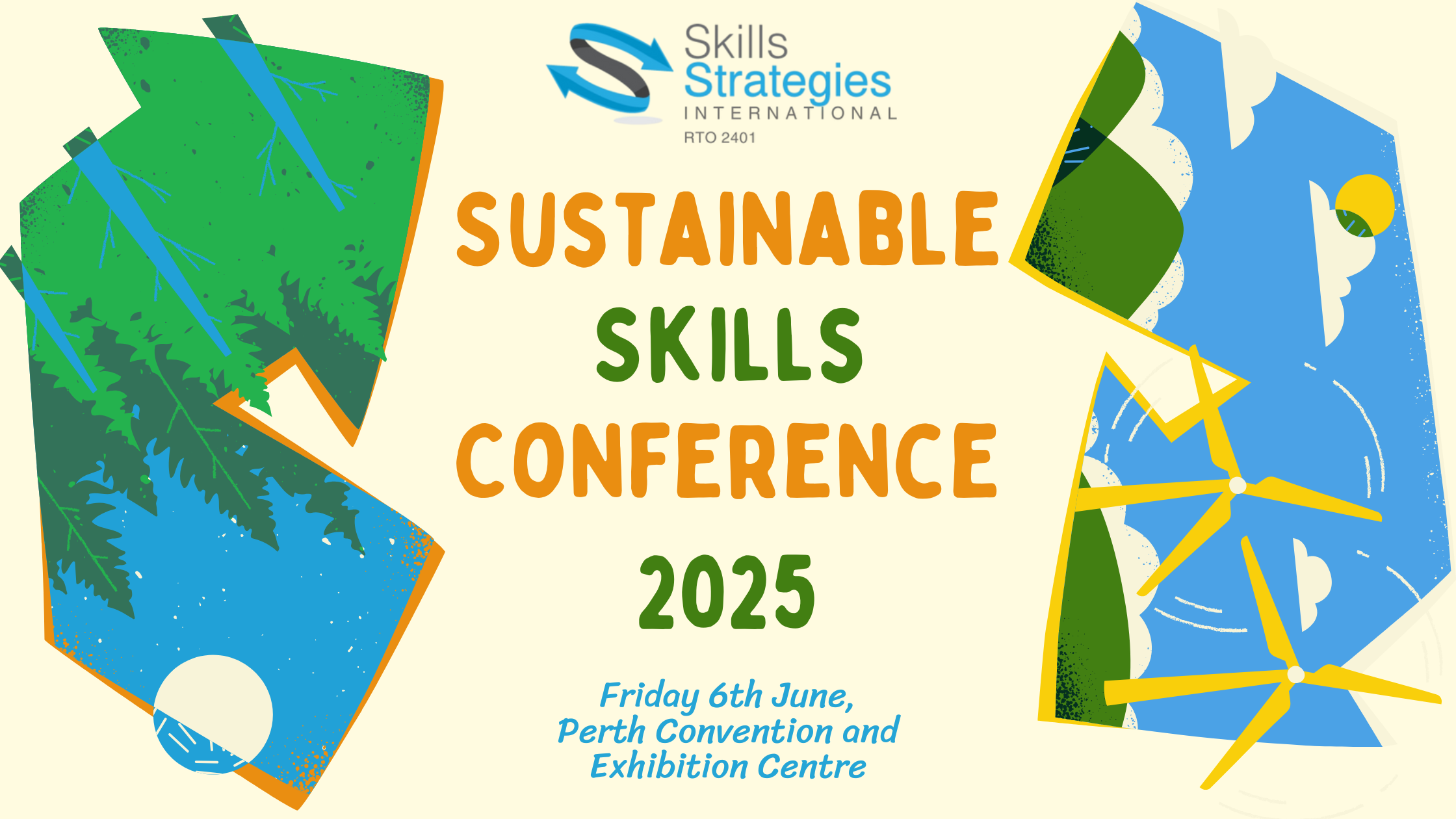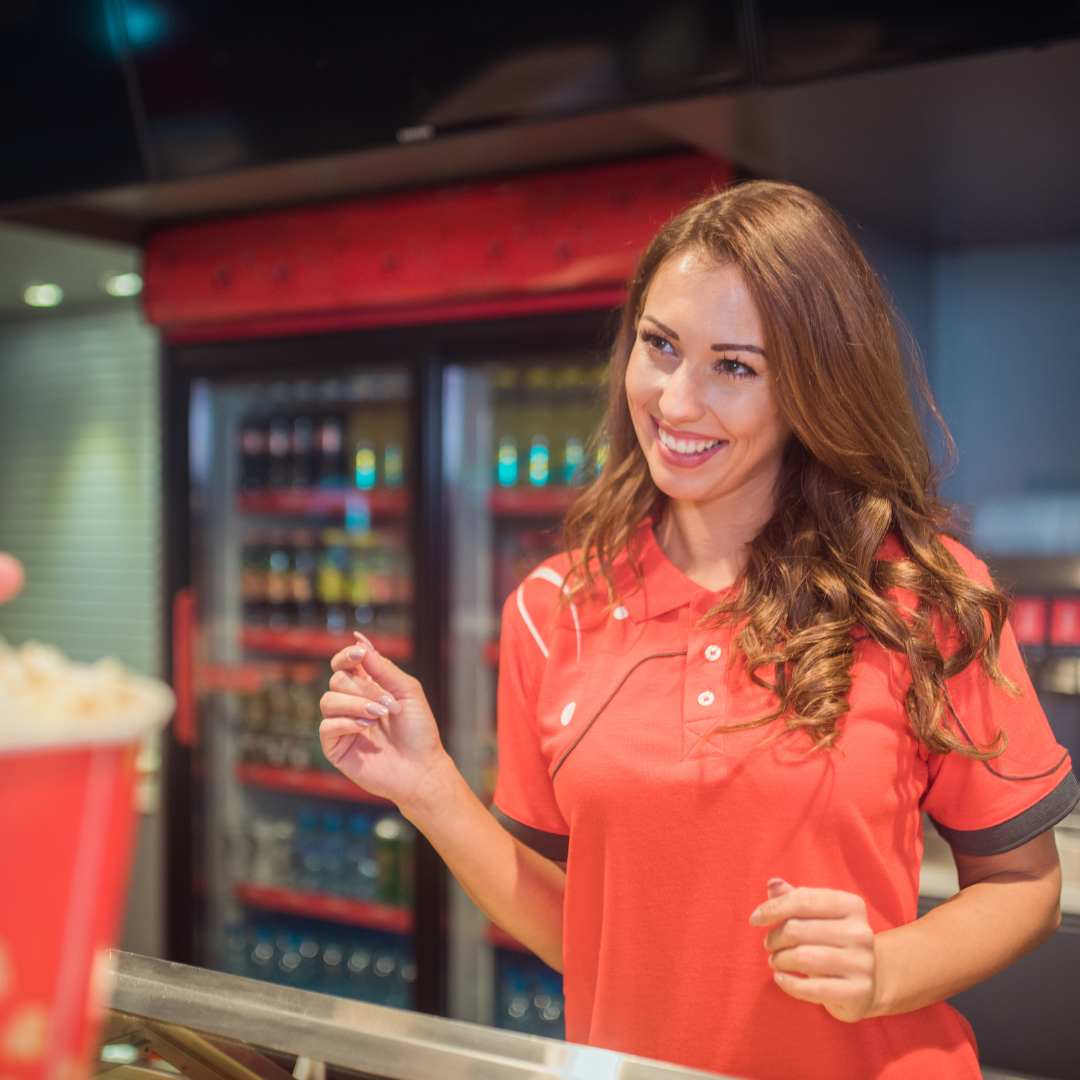Why The Circular Economy Should Be In Your Curriculum

Circular Economy: A Cross-Curriculum Priority for Schools
A circular economy moves beyond the “take–make–waste” model, designing products and systems so that materials are reused, repaired, or recycled rather than discarded. It means teaching students to think in loops: valuing resources, minimising waste, and innovating sustainable solutions. As CSIRO notes, Australia currently recycles just 3.7% of its economy, yet expanding circular practices could add $210 billion to the economy by 2050. The Australian Government’s new Circular Economy Framework even sets an ambitious goal to “double our circularity by 2035”—imagining a future where waste is designed out and resources continue to flow through the economy. In this context, embedding the circular economy in schools supports environmental goals and enriches learning across subjects, from science and geography to design, economics, and civics.
Teaching the circular economy helps students meet the Australian Curriculum’s Sustainability priority and General Capabilities (creative thinking, problem-solving, and citizenship). For example, science resources (such as the Australian Academy of Science’s Science by Doing programme) explicitly link the circular economy to “contemporary issues facing our world,” encouraging students to apply scientific thinking to everyday life. Geography and Environmental Science units can explore resource cycles, waste management, and climate impacts, reinforcing United Nations SDG 12 (responsible consumption)—goals even cited in the National Waste Policy. In short, circular economy themes give relevance to existing curriculum topics: ecosystems, Earth systems, human impacts, and sustainability.
Teaching circular economy concepts also engages design and technology subjects. The revised technologies curriculum recognises that students need the skills to respond to "design opportunities and challenges, including a circular economy." In Design & Technologies classes, students can learn about sustainable product design: choosing durable materials, planning for reuse/repair, and applying design thinking to solve real-world problems. They can prototype “closed-loop” products or systems (such as upcycled items, reusable packaging, or community sharing platforms) and use design thinking to iterate improvements. This hands-on approach builds agency and creativity—students see themselves as innovators who can directly reduce waste. (As the Design & Technologies curriculum explains, students investigate ethical, economic and environmental impacts of technologies to contribute to “sustainable futures”.)
Beyond STEM, the circular economy is relevant to economics, business, and civics learning. Economics and business classes can examine how resource efficiency and recycling open new markets: for example, the Victorian Government points out that its circular economy plan will “create new jobs” and spur industry innovation. Students can study business models like product-as-a-service, remanufacturing, or local repair workshops and learn about market incentives (e.g., cash-for-containers schemes) that encourage reuse. These discussions dovetail with business and economics curriculum objectives on supply and demand and the role of government in markets. Civics and citizenship lessons can highlight policy and community action; students might analyse Australia’s national waste policy (which sets out principles like avoid, reuse, and recycle) or discuss local initiatives like WA’s Containers for Change programme. (A Western Australian media release notes that over 900 schools have now rolled out Containers for Change, complete with teaching guides on the circular economy.) Such work turns abstract policy into tangible classroom projects—for example, planning a school recycling campaign (as in one Cool Australia unit where students survey their community and learn “what the circular economy is and how it applies to waste”). In sum, a circular economy approach weaves together citizenship, environmental responsibility, and economic understanding, reflecting the cross-curriculum goal of forming informed, active citizens.
Key Curriculum Connections:
- Science & Geography: Examining natural cycles, ecosystems, and the climate impact of waste; using scientific enquiry to evaluate recycling technologies and ecological footprints. (Science-by-Doing resources emphasise science’s role in solving circular-economy challenges.) Geography studies of global markets and environmental management naturally include sustainable resource use and waste reduction.
- Design & Technologies: Creating sustainable designs, prototyping products, and systems that embody the “reduce-reuse-recycle” philosophy. The curriculum explicitly notes the need for design solutions for a circular economy.
- Economics & Business: Exploring how a circular economy creates new industries and jobs (e.g., recycling, repair, remanufacturing). Victoria’s circular-economy strategy highlights “more jobs and a sustainable and thriving circular economy.” Students can investigate how using recycled materials affects business costs and how government incentives (bans on single-use plastics, deposit schemes) shape markets.
- Civics: Understanding the roles of governments, businesses, and citizens in sustainability. For instance, the National Waste Policy aligns with UN SDG 12 on Responsible Production, and students can debate how policies (like local bans on single-use items) change community behaviour. Classroom projects (like the WA Containers for Change lessons) embed civic values and community engagement.
Government Initiatives and Resources: Federal and state governments in Australia are actively promoting the circular economy, providing both a rationale and resources for schools. The 2018 National Waste Policy outlines five principles (avoid, recover, reuse, etc.) to guide Australia’s move to a circular economy, and its 2024 Action Plan links waste reduction to SDG12 on responsible consumption. Australia’s new Circular Economy Framework (2024) reaffirms these goals, aiming to “double our circularity by 2035.” According to CSIRO, meeting these targets would divert an extra 26 million tonnes of materials from landfills each year and cut national emissions by 14%. States have similar strategies: for example, Victoria’s Recycling Victoria: A New Economy Plan explicitly targets a “cleaner, greener Victoria” with more jobs and a sustainable circular economy, while Western Australia’s Waste Strategy 2030 declares a vision that “Western Australia will become a sustainable, low-waste circular economy.” (These policies not only set goals, but also fund infrastructure and education—Victoria has launched waste education programs, and WA’s WasteSorted Schools offers curriculum-linked toolkits, surveys and grant support for school recycling projects.)
Schools don't have to begin from the beginning. A range of curriculum-aligned resources are already available. For science teachers, the Australian Academy of Science’s Science by Doing site includes a lesson on “What is a circular economy?” linking to the Science as a Human Endeavour strand. For cross-disciplinary units, Southern Cross University’s Circular Economy Curriculum Package offers 20 lesson outlines (with videos and expert interviews) aligned to the sustainability priority and AC Version 9 capabilities. Cool Australia (Clean Up Australia Education) has ready-made units, such as a secondary module where students design community surveys around waste and apply economics/business concepts. In Western Australia, the WasteSorted Schools Programme provides curriculum-linked resources (toolkits, fact sheets, and posters) specifically for integrating waste minimisation and circular thinking in schools. These materials show how circular economy topics can be woven into existing subjects without extra burden.
In summary, the circular economy offers a compelling teaching theme for today’s students. It brings together science, technology, economics, and citizenship into real-world learning, showing how each of us can reduce waste and conserve resources in our daily lives. It provides teachers with rich, authentic contexts and a way to fulfil sustainability and enterprise learning goals. Government policy momentum ensures strong support and funding for this agenda, from the National Waste Policy to Recycling Victoria and beyond. In short, integrating the circular economy into the curriculum equips students with critical thinking and innovation skills while aligning with Australia’s environmental and economic priorities. By teaching these principles now, schools help build a generation ready to design a greener future.
If you loved what you have just read, why not check out our annual conference? Sustainable Skills. Friday, the 6th of June, at the PCEC. Tickets on sale now.
Sources: CSIRO’s circular economy research, the national waste policy framework, Victoria’s Recycling Victoria plan, and curriculum resources from Science by Doing, Cool Australia.

